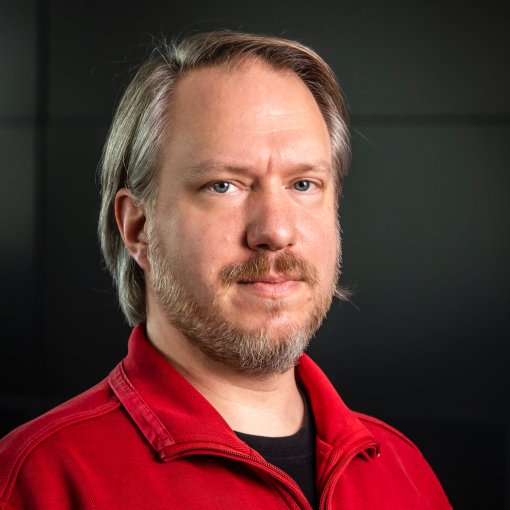A2 - Development in Distance Learning, Online Learning and Blended Learning, Faculty of Information Technology
Program
Rozvojové programy MŠMT
Provider
Ministry of Education, Youth and Sports
Departments
Investigators
Code
NPO_ČVUT_MSMT-16597/2022
Period
2022 - 2024
Description
The aim of the presented project is to facilitate students' remote learning of the Database Systems subject through the innovation of the DBS Portal SW tool, and at the same time to enable students to implement practical learning in the field of hardware security through a newly developed SW allowing to perform remotely specific measurements.
Information systems and their security
Program
Studentská grantová soutěž ČVUT
Departments
Investigators
Code
SGS13/102/OHK3/1T/18
Period
2013
Description
The goal of the project is the research and development of security features of current information systems. The emphasis is placed on data and communicaton security at both hardware and software tools. Research Group Applied Numerics and Cryptography has been involved in research on various security elements of information systems. It is especially development of truly random number generators, smart card security, network security, and reverse engineering. The proposed project also addresses these thematic research areas.
Information Systems and their Security
Program
Studentská grantová soutěž ČVUT
Departments
Investigators
Code
SGS14/107/OHK3/1T/18
Period
2014
Description
The goal of the project is the research and development of security features of current information systems. The emphasis is placed on data and communicaton security at both hardware and software levels. The Network Security Research Group and the Applied Numerics and Cryptography Research Group have been involved in research of various security elements and aspects of information systems. It is especially development in the area of cryptanalysis of block and stream ciphers, in network security, in smart-card security, and in reverse engineering. The proposed project also addresses these thematic research areas.
Security analysis of comunication between contactless smartcards and terminal
Program
Studentská grantová soutěž ČVUT
Departments
Investigators
Code
SGS11/094/OHK3/1T/18
Period
2011
Description
The aim of this project is to provide the security analysis of contactless smartcards considering the actual issue in the field of smartcard security. The main focus lays in the area of electronic wallets and contactless payment terminal security. This project will include the implementation of typical attack and analysis of potential threats. Based on this analysis, we will set basic rules for elimination of weaknesses. The outputs of the project could help improving security of the whole payment system. The project has a good future perspective and we can expect more publications on this issue.
Security aspects of current information technology
Program
Studentská grantová soutěž ČVUT
Investigators
Code
SGS12/095/OHK3/1T/18
Period
2012
Description
The project aims to research the security of selected IT technologies with emphasis on security and communication of processed data. The research group working at the Department of Computer Systems has been long engaged in research particularly in the areas of truly random number generators, smart card security, network security and reverse engineering. The topics of the proposed project are related to these areas.
Side channel attacks on post-quantum cryptography algorithms
Program
Promoting the mobility of researchers and workers in the framework of international cooperation in R&D
Provider
Ministry of Education, Youth and Sports
Investigators
Code
8J23FR012
Period
2023 - 2024
Description
The project deals with the design (and implementation) of new side-channel attacks on the postquantum algorithms, as well as the design (and implementation) of countermeasures that will prevent these attacks.
Study of properties of residual arithmetic for solving sets of linear equations
Program
Standard projects
Provider
Czech Science Foundation
Investigators
Code
GAP103/12/2377
Period
2012 - 2014
Description
Our intention is to study the properties of the multiple-modulus residual arithmetic with respect to specific numerical problems of linear algebra. One of complex problems of linear algebra suitable for our purpose is solving large systems of linear equations. This requires to create a model of a solver for performing experiments. The method of Gauss-Jordan elimination with residual pivoting is chosen as the base of the solver. In order to gain precise knowledge about the arithmetic used in the model, a hardware architecture of the model will be emulated on FPGA. This experimental solution enables us also verify the theoretical prediction about the spatial, temporal and communication complexity of the modeled solver.

